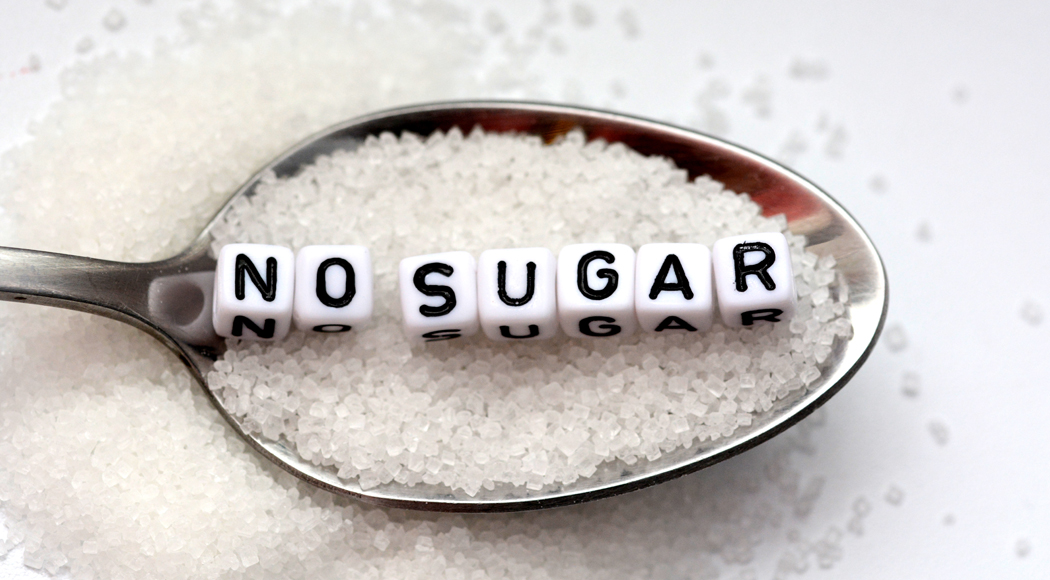According to the U.S. Department of Agriculture’s Economic Research Service, children under age 12 consume 49 pounds of sugar per year, several pounds more than adults twice their size. Now that’s a lot of sweetness! We all know that sugar is bad for children, but it’s important to note just how unhealthy it is. Eating too much sugar puts children at greater risk for diabetes, hypertension and hypercholesterolemia—three major contributors to heart disease.
What is even more challenging is that most parents have no idea how much sugar their children consume daily. It is hard to tell as most packaged foods secretly add sugar, even to seemingly healthy foods. Many parents prepare peanut butter and jelly on whole wheat bread, a cup of applesauce, and maybe fruit punch for their child’s lunch, thinking that they are nourishing their child well.
Well, not really. Included in that “healthy” meal is a whopping 76 grams of sugar. That’s 16 teaspoons of sugar, even more than what’s found in four Twinkies. Shocking, right? So much is added to even healthy foods that your child could eat what looks like a pretty balanced diet that’s still full of sugar. However, the more added sugar children eat, according to Penn State University researchers, the less likely they were to eat healthier options, such as grains, vegetables, fruit and dairy. Essentially, they are in a state of modern starvation or malnutrition, eating too many calories and not enough nutrients.
So how do we change this pattern? Here are some suggestions.
1. Read all food labels. Remember four grams of sugar equals approximately one teaspoon.
2. Natural sweeteners (e.g. juice concentrates) are just processed sugar.
3. Downsize. Place desserts in tiny
serving bowls.
4. Skip soda and try fizzy water with sliced strawberries instead.






